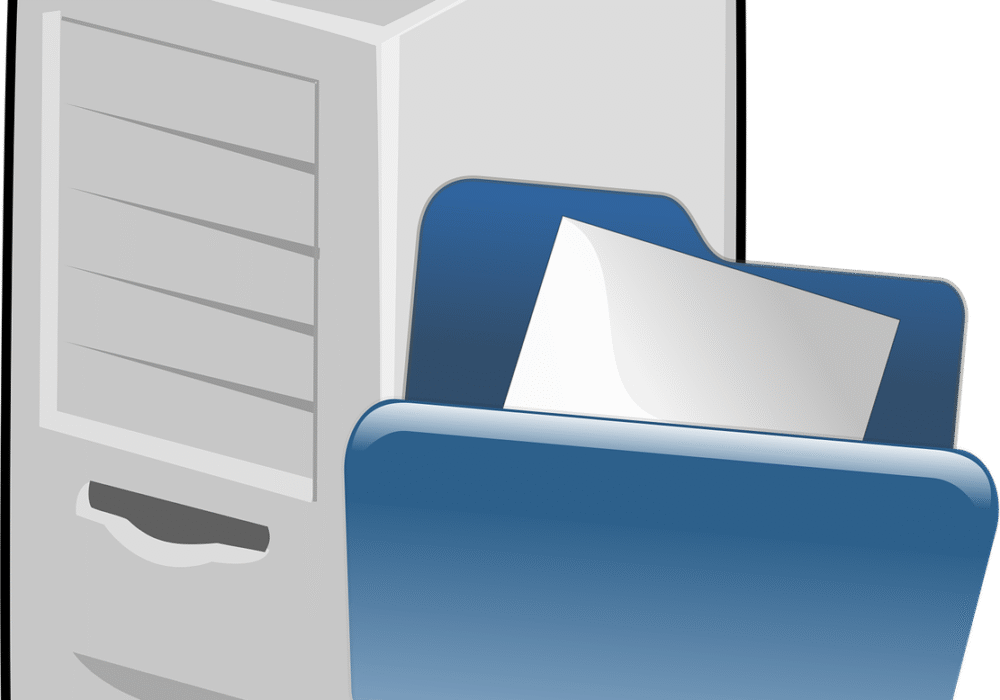Now we know what a business continuity plan is and how we write one we need to take on the real challenge of finding out if it is any good – the last thing you want to do is to wait for a disaster to strike before realising it isn’t capable. Everything needs testing to prove its worth, and rigorous testing is the foundation of good practice.
A test under controlled conditions gives you an opportunity to learn about the plan, identify gaps and improve it where necessary.
You need to try your hardest to break the plan – as counterproductive as this may seem – because it must cover any and every eventuality, to a point anyway – you can never plan for everything, but you can try your best to cover all the essential areas.
Tests should be conducted periodically. Three times a year is recommended, but the frequency, of course, depends on your business, what is going on within it and the general daily changes in the organisation. If your staff turnover is high, for example, you may need to conduct them more often than three times a year, and if any changes are made to IT more tests and reviews must be done.
There are different types of tests that include structured walk-through sessions of scenarios and ‘tabletop’ exercises – this involves primary members of an organisation dissecting the plan and making sure that every part of their organisation is represented.
You can micromanage a ‘tabletop’ exercise, when each team member can walk through their assigned steps in the plan to identify weaknesses that were previously unseen. Choose a disaster and go through things step by step, as different departments will be affected in different ways. If and when weaknesses are found they should be corrected immediately, before informing the relevant team of any changes.
It is also important to conduct evacuation plans – if arrangements need to be made for members of your team to exit the building in a disaster, a plan need to be made to ensure safety.
It may seem like overkill, however, it is recommended that once every year you practice a full disaster simulation. Create an environment that, to the best of your ability, simulates that of a disaster, and involve all the equipment and personnel that would normally be included. Doing this will help you get a clearer idea of whether you will be able to continue as usual after a disaster. Like a fire drill, you aren’t trying to catch people out – making everything better is the aim.
Reviewing your Business Continuity Plan
Don’t just let your Plan stagnate; the tech industry is constantly evolving and your staff can change just as frequently, therefore it is important to ensure your plan is up to date. Make sure you’re bringing key people together and that they know their roles in case of an emergency.
This is a lot to take onboard so if you need any help do get in contact with our expert team and we will help you design the right business continuity plan for your business, because we want you operational safely and as soon as possible.
The Right IT Provider
BCNS make business easier and more cost-effective by guaranteeing that you and your team are always connected to each other and your clients. We can also guarantee that your team are using the latest version of every application to ensure that your systems are secure and you are getting the best possible benefits from your tech. Our team of experts will assist you throughout the transition and beyond to be sure you achieve exactly what you desire. At the same time we can reduce your expenses and improve your security as well as performance! Contact us now and find out how we can help you with your business communications and move into a more productive future.




